The names Novak Djokovic and Rafael Nadal resonate with unparalleled dominance in the world of tennis. Their rivalry, etched in the annals of the sport, is a captivating narrative of contrasting styles, unwavering determination, and relentless pursuit of greatness. As the sun sets on Nadal’s illustrious career and Djokovic continues to defy age, it’s time to dissect the nuances that set these two legends apart, acknowledging the challenges that lie ahead for the Serbian star.
The Tale of Two Titans: A Head-to-Head Overview
Their head-to-head record speaks volumes about the competitiveness of their encounters. Out of 60 matches, Djokovic holds a slight edge with 31 wins to Nadal’s 29 [1]. However, Nadal dominates on clay, his preferred surface, with 20 wins to Djokovic’s 9 [1]. In Grand Slam matches, Nadal leads 11-7, showcasing his ability to rise to the occasion on the biggest stages [18].
Djokovic’s Dominance
Djokovic’s Grand Slam titles include 10 Australian Open titles [9]. Overall, he has won 99 singles titles, including a record 72 Big Titles: 24 majors, a record 40 Masters, a record seven year-end championships, and an Olympic gold medal [9].
Nadal’s Reign
Nadal, the “King of Clay,” boasts an astounding 14 French Open titles [18]. His career includes 92 titles and over 1000 wins [26].
Playing Styles: A Clash of Philosophies
The contrast in their playing styles is a key ingredient in the recipe of their epic rivalry.
Djokovic: The Immovable Object
Djokovic’s game is built on a foundation of relentless defense, exceptional court coverage, and unwavering mental fortitude. He possesses arguably the greatest return of serve in the history of tennis, blunting the power of his opponents and turning defense into attack [7]. His backhand is a weapon of precision, and his ability to absorb pace and redirect the ball with interest makes him a nightmare to play against [7].
Nadal: The Unstoppable Force
Nadal, a left-hander, is renowned for his aggressive, high-intensity style of play. His heavy topspin forehand is a game-changer, pushing opponents behind the baseline and opening up impossible angles [5]. Nadal’s athleticism, speed, and never-say-die attitude allow him to chase down every ball and wear down his rivals physically and mentally [5].
Court Surface Dynamics
The surface on which they play significantly impacts their head-to-head record and overall performance [1].
Hard Courts: Djokovic’s Territory
Djokovic’s flat, penetrating groundstrokes and exceptional movement make him a formidable force on hard courts. His record at the Australian Open, where he has won a record ten titles, speaks volumes about his proficiency on this surface [9].
Clay Courts: Nadal’s Kingdom
Nadal’s dominance on clay is unparalleled. His heavy topspin and ability to slide and recover on the surface give him an edge that few can match [5]. The slow, high-bouncing balls on clay amplify the effectiveness of his forehand, making it incredibly difficult for opponents to attack [5].
Grass Courts: A More Level Playing Field
On grass, the contrast between their styles is less pronounced. Djokovic’s strong serve and return, combined with his agility, make him a threat. Nadal’s athleticism and improved serve have allowed him to achieve success at Wimbledon, where he has won two titles [27].
The Mental Game: A Battle of Wills
Beyond the physical skills and tactical nuances, the mental aspect of their rivalry is what truly sets it apart.
Djokovic: The Mental Fortress
Djokovic’s mental strength is legendary. He possesses an uncanny ability to stay calm under pressure, raise his level in crucial moments, and overcome adversity [14]. His unwavering self-belief and relentless focus make him a formidable opponent, particularly in Grand Slam finals [14].
Nadal: The Relentless Competitor
Nadal’s mental toughness is defined by his unwavering determination and refusal to give up, regardless of the score or circumstances [3]. His intense focus, combined with his physical resilience, allows him to push through pain and fatigue and compete at the highest level, even when not at his best [3].
The Challenges Ahead for Djokovic
As Djokovic enters the twilight of his career, he faces a unique set of challenges.
Father Time
At 37, Djokovic is defying the odds by continuing to compete at the highest level [4]. However, the physical demands of the sport inevitably take a toll, and he must carefully manage his schedule and adapt his game to preserve his longevity [6].
The Next Generation
A new wave of talented players, such as Carlos Alcaraz and Jannik Sinner, are emerging, posing a significant threat to Djokovic’s dominance [19]. These young stars possess the athleticism, power, and ambition to challenge the established order [19].
Maintaining Motivation
After achieving almost everything in the sport, Djokovic faces the challenge of staying motivated and hungry for success [2]. To continue competing at the highest level, he must find new goals and sources of inspiration [2].
The Analyst’s Perspective
Tennis pundits have weighed in on the nuances of the Djokovic-Nadal rivalry, offering insights into the factors that separate them.
Strategy Differences
Nadal has stated that his rivalry with Federer was more appealing to fans because the strategy was clearer compared to his rivalry with Djokovic [16]. With Federer, Nadal aimed to exploit his backhand, while against Djokovic, the strategy was less defined and more dependent on overall performance [16].
Consistency
Djokovic is known for his consistency, even when not at his best, allowing him to go deep in tournaments. Nadal, on the other hand, is more prone to early exits if not in top form [12].
The Clay Factor
Nadal’s head-to-head record against Djokovic is heavily skewed by his success on clay, highlighting his dominance on that surface [12].
The Serb’s Struggle
Djokovic’s recent performances have raised questions about his form and motivation.
Title Drought
Djokovic had a relatively slow start to the year, failing to secure a title early in the season [6]. This is uncharacteristic for a player who has dominated the sport for so long [6].
Early Losses
Djokovic experienced early exits in some tournaments, raising concerns about his consistency and mental state [6].
Coaching Changes
Djokovic’s decision to part ways with his coach, Goran Ivanisevic, has added another layer of uncertainty to his season [6].
Nadal’s New Chapter
After a remarkable career, Nadal has embarked on a new chapter in his life.
Retirement
Nadal retired from professional tennis in November 2024, leaving behind an extraordinary legacy [26, 27].
Life After Tennis
Nadal is enjoying a pain-free retirement and is exploring new interests and activities [26].
Future Plans
While Nadal has ruled out a return to professional competition, he remains involved in tennis through his academy and other ventures [10].
A Rivalry for the Ages
The Djokovic-Nadal rivalry stands as one of the greatest in sports history. Their contrasting styles, unwavering determination, and relentless pursuit of excellence have produced some of the most memorable matches ever played [8, 13]. While Nadal has retired, their battles will forever be etched in the minds of tennis fans [26].
Conclusion
As Djokovic navigates the challenges of age and the rise of new stars, he will undoubtedly draw inspiration from his past battles with Nadal [4]. The lessons learned from those encounters, the mental fortitude forged in the heat of competition, and the unwavering pursuit of greatness will serve as guiding principles as he continues his quest for tennis immortality [14].



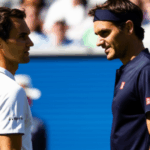
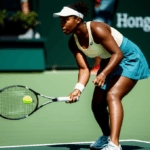
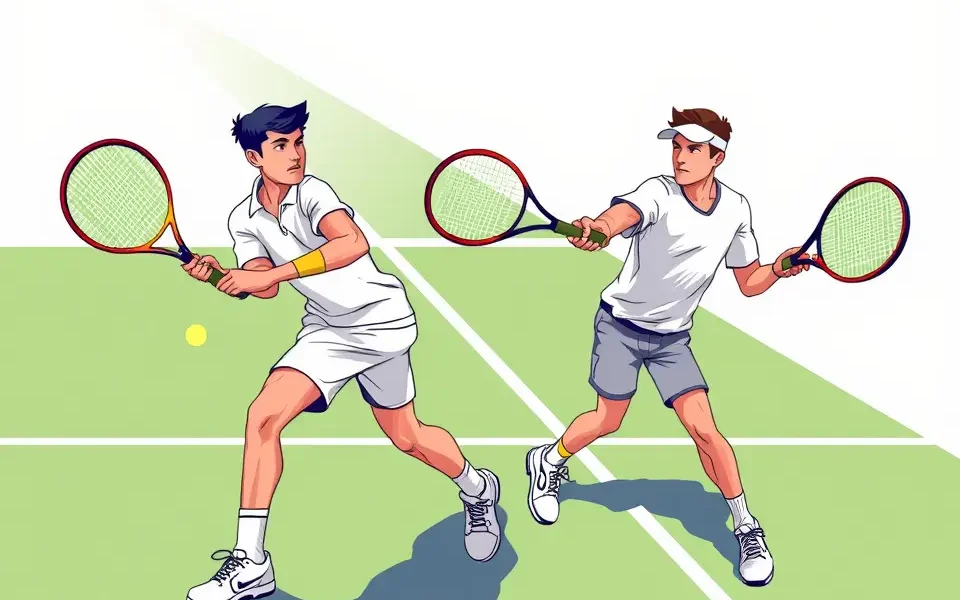
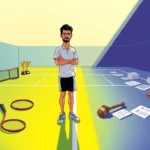
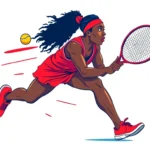
No Comment! Be the first one.